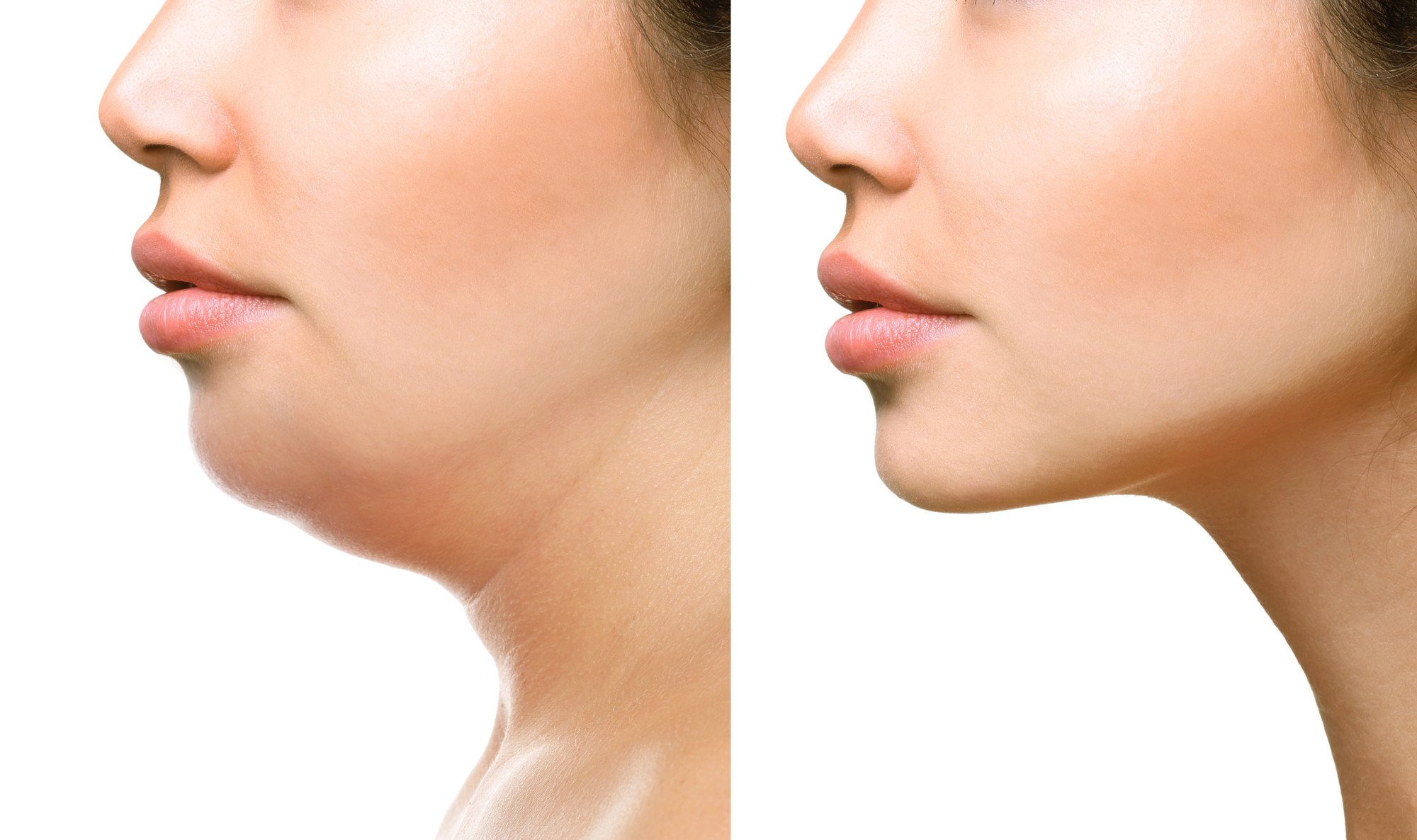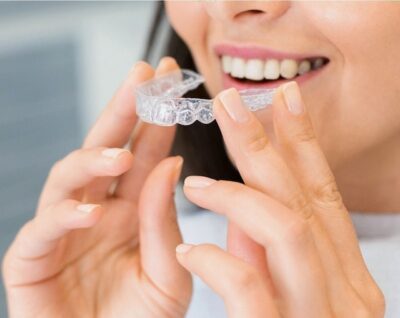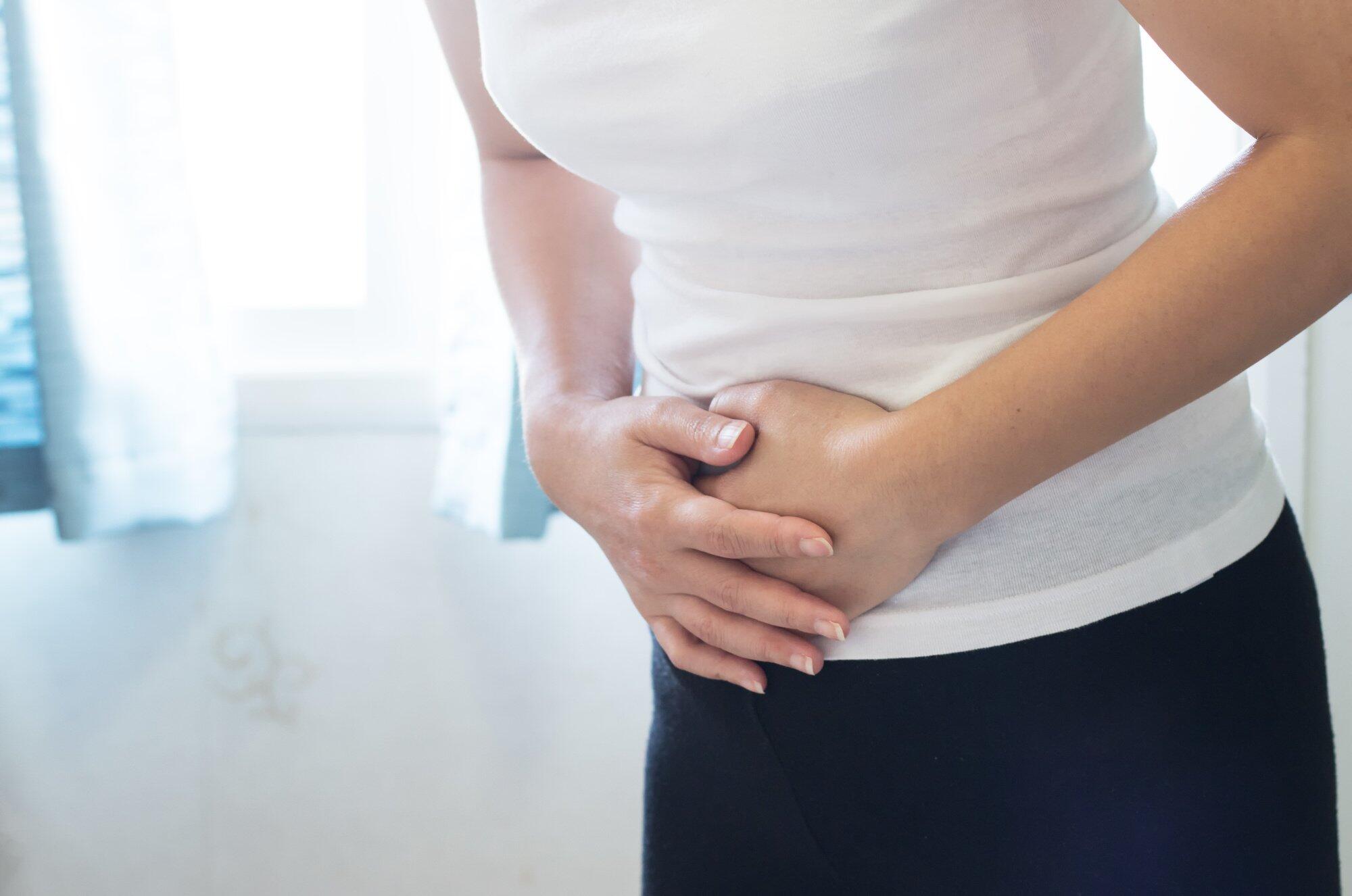Did you know that the global buccal fat removal market size was estimated at $97.8 million in 2022?
Buccal fat removal is a non-invasive procedure that can help sculpt your facial features. Knowing what to expect before your procedure is important, especially when it comes to buccal fat removal recovery. You don’t want to miss work or have to skip out on an important event.
We’re here to help you by outlining this so that you know what to expect. So without further ado, keep reading!
Key Timeframes for Recovery
Recovery time for buccal fat removal can vary from person to person. However, the healing process takes about 4 to 6 weeks.
Immediately following the procedure, the patient will experience mild discomfort and face swelling that should subside within a few days. After 4 days, the bruising should begin to fade, and in 7-10 days most of it should be gone.
Around two weeks post-op, most of the swelling will have subsided and the patient should be able to begin normal daily activities. After 3-4 weeks, the swelling should have completely subsided and the facial contours should appear more defined.
It’s important to note that the patient should avoid exercise for at least 6 weeks and protect the area from sunlight for up to 8 weeks. Following these key timeframes will ensure a successful outcome for buccal fat removal.
Factors That Impact Recovery Time
As with all surgical procedures, there are several factors that can affect the amount of time required to heal from buccal fat removal. Here are a few factors that affect recovery:
Age
It’s important to consider age when it comes to recovery time from buccal fat removal. Recovery time may be lengthier for older individuals due to a weakened immune system.
Additionally, the buccal fat pads may have already shrunken over time. This makes the procedure more difficult and time-consuming, prolonging recovery time.
Thickness and Elasticity of the Skin
The skin’s elasticity refers to how well it can stretch and return to its natural shape. Thinner, less elastic skin leads to swelling and unevenness after the removal of facial fat, resulting in a longer recovery time.
On the other hand, thicker, more elastic skin is able to better contain the removed fat. This decreases the amount of swelling and unevenness and shortens the recovery period.
Size and Number of Incisions
Incisions used during the procedure will depend on the patient’s individual needs and the size of the fat deposits. A larger incision may be necessary if there is more fat to be removed, while several small incisions may be used if the area of contouring is small.
A top buccal fat removal specialist will know how to tailor the size and number of incisions to the patient’s individual needs. This is to ensure that the recovery time is as brief as possible. Properly executed buccal fat removal can produce long-lasting results with minimal disruption of the patient’s healing process.
Understanding the Buccal Fat Removal Recovery
Buccal fat removal recovery typically takes several weeks depending on the individual. It is important to adhere to post-surgery instructions and any restrictions to ensure effective and safe recovery.
The healing process can be fairly quick, and patients may start to notice results within two weeks after surgery. If you are considering buccal fat removal, contact a qualified surgeon today to discuss your options.
Do you want to find more helpful info? Check out more of our guides on our blog today!










